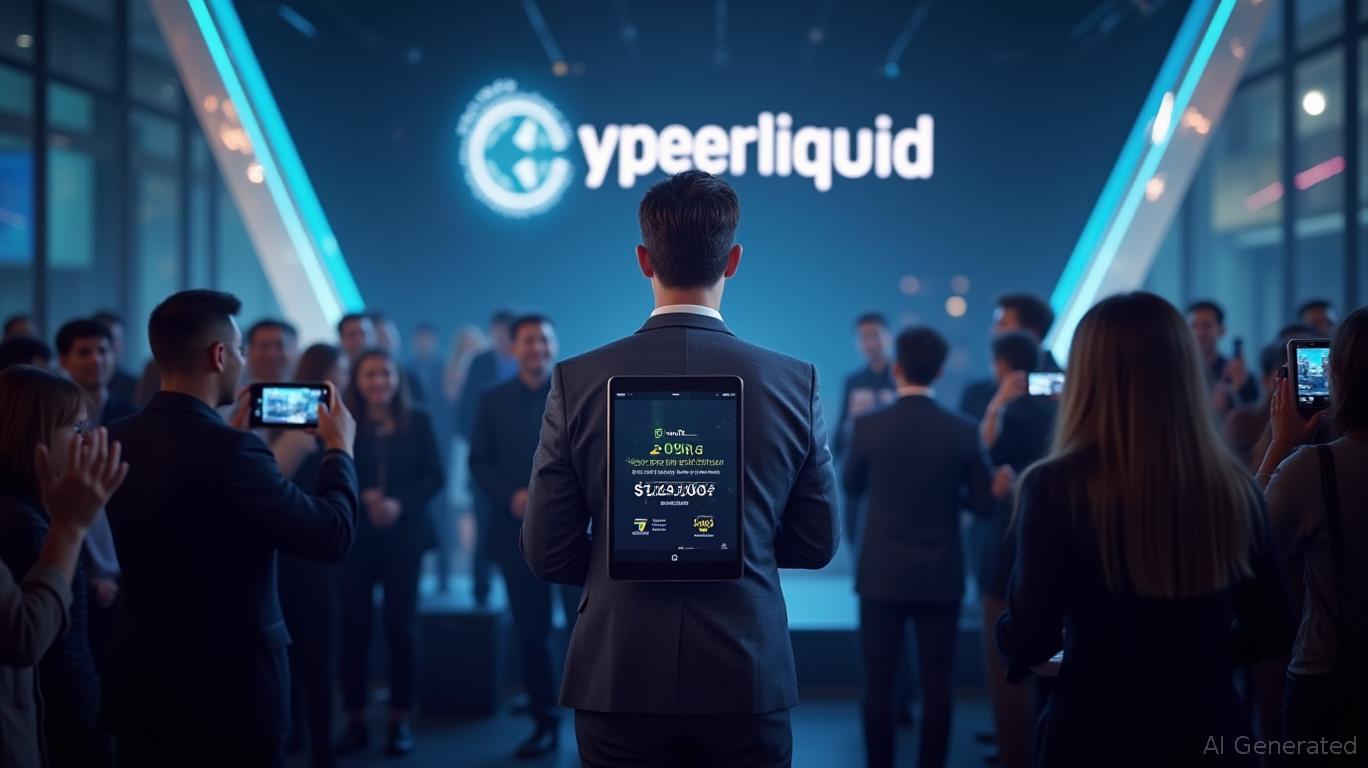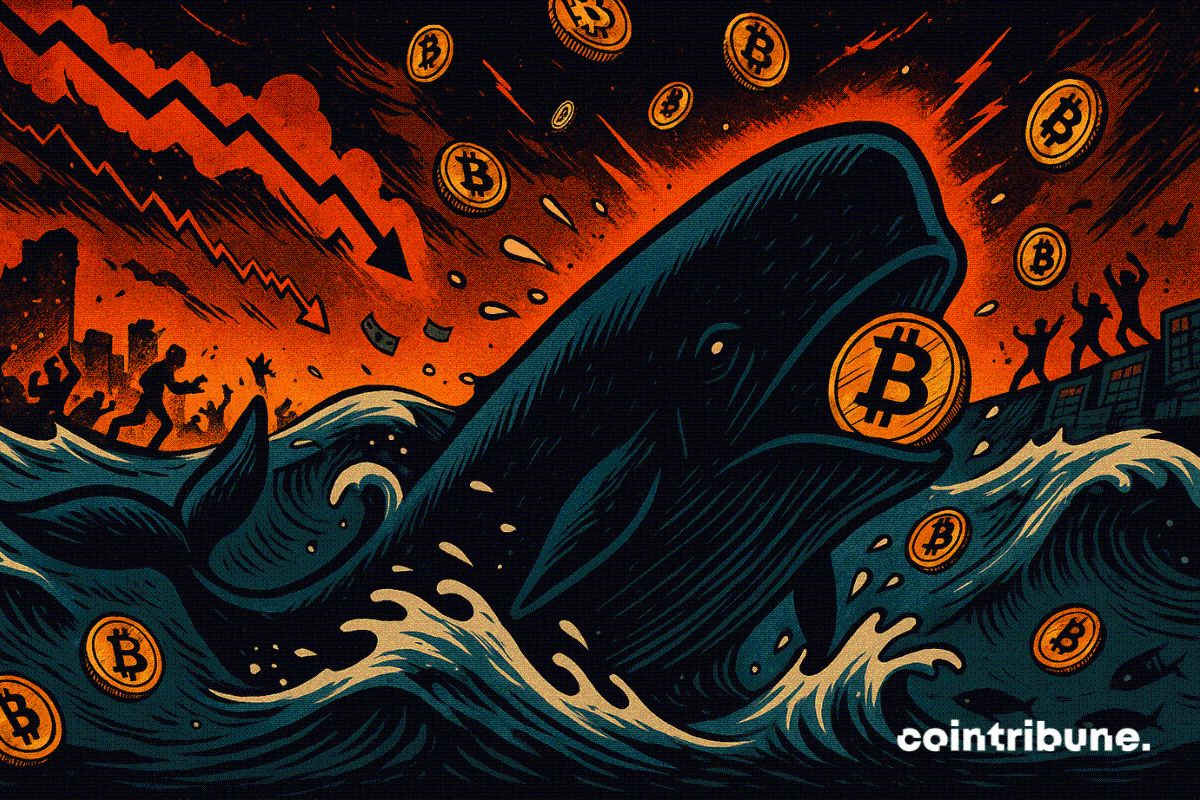Hyperliquid’s Pre-Launch Pricing Strategy Sparks Hype’s Meteoric Rise
- Hyperliquid updated its mark price formula to include pre-launch data, improving derivatives accuracy during TGE-related volatility. - Record $29B daily trading volume and HYPE token buybacks reduced circulating supply by 97%, driving 430% price gains since April. - Analysts predict 126x HYPE upside potential based on $258B annualized fee projections, though valuation remains speculative. - Hyperliquid now dominates 75% of decentralized perpetual exchange market with hybrid architecture offering institut
Hyperliquid has announced updates to its mark price formula, introducing pre-launch price data to enhance the accuracy and responsiveness of its derivatives market. This change reflects the growing demand for the platform’s derivatives products, particularly in the lead-up to high-profile token generation events (TGEs). The adjustments aim to better align mark prices with real-time market conditions, particularly during periods of heightened volatility caused by pre-launch speculation and liquidity concentration. The firm has not disclosed specific details of the updated algorithm but emphasized that the inclusion of pre-launch data ensures more reliable price discovery and reduces potential distortions caused by sudden spikes in trading activity [5].
Hyperliquid has experienced record-breaking volumes in recent weeks, with its decentralized exchange processing over $29 billion in trading volume within a single day during the launch of the 3x WLFI-USD perpetual contract. This surge has significantly boosted the platform’s revenues, which reached nearly $29 million in a single day on August 18. The platform’s ability to handle large volumes with minimal slippage has drawn praise from analysts, who describe Hyperliquid as a technically robust and institutional-grade infrastructure. The integration of a 1/3 margin structure in the 3x WLFI contract allows traders to gain leveraged exposure without holding the underlying tokens, further enhancing the platform’s appeal to speculative traders [5].
The platform’s tokenomics model has also gained traction, with Hyperliquid’s buyback and token burn mechanism generating sustained demand for its native HYPE token. Approximately 97% of trading fees are allocated to token buybacks, which has led to a substantial reduction in circulating supply. Since January, the Assistance Fund has acquired over 29.8 million HYPE tokens, valued at more than $1.5 billion. The buyback strategy is designed to create upward price pressure by reducing supply while rewarding long-term holders. Analysts have noted that this deflationary model has contributed to the token’s recent outperformance against both broader crypto benchmarks and smart contract platform peers [2].
Market activity for HYPE has been exceptionally strong, with the token trading at a 21.20% increase over the past seven days. The HYPE token has gained over 430% since its April low and has surged nearly 15 times since its initial trading in late November 2023. The token reached an all-time high above $50 earlier this month, driven by record trading volumes and growing institutional interest. HYPE’s market capitalization currently stands at $16.8 billion, while its fully diluted valuation (FDV) exceeds $50 billion. Analysts have highlighted the discrepancy between these two metrics, noting that only about one-third of the token supply is currently in circulation [2].
Several crypto analysts and market participants have offered bullish outlooks for HYPE, with BitMEX co-founder Arthur Hayes predicting a 126x upside for the token over the next three years. Hayes attributes this potential to the expansion of stablecoin usage and the anticipated growth in annualized trading fees, which he estimates could reach $258 billion. Such a projection would imply a valuation of over $5,670 per HYPE token, assuming a 215x increase in annualized revenue. While such a target is highly speculative, it underscores the confidence in Hyperliquid’s ability to capture a significant share of the decentralized derivatives market [6].
Hyperliquid’s success has also been attributed to its ability to outperform its competitors in both volume and market share. The platform now controls approximately 75% of the decentralized perpetual exchange market, a position previously held by dYdX. Hyperliquid’s hybrid architecture, which combines the speed of centralized exchanges with the transparency of decentralized systems, has proven to be a compelling value proposition for both retail and institutional traders. Additionally, the recent launch of institutional-grade staking incentives, offering up to 55% annual returns, has further solidified the platform’s appeal to capital providers [5].

Disclaimer: The content of this article solely reflects the author's opinion and does not represent the platform in any capacity. This article is not intended to serve as a reference for making investment decisions.
You may also like
Crypto: Fundraising Explodes by +150% in One Year

Bitcoin Drops $8B In Open Interest : Capitulation Phase ?

Coinpedia Digest: This Week’s Crypto News Highlights | 29th November, 2025